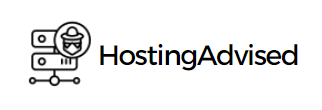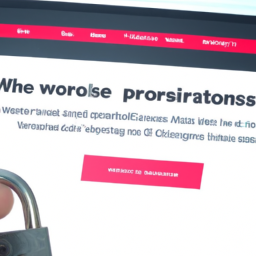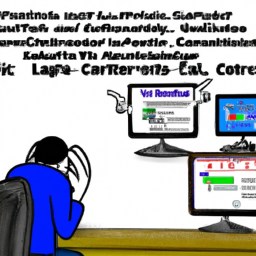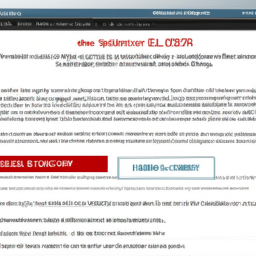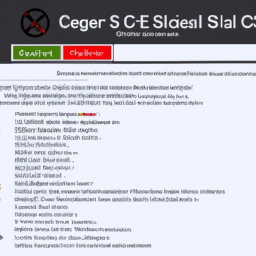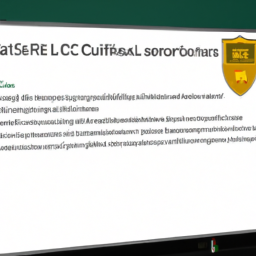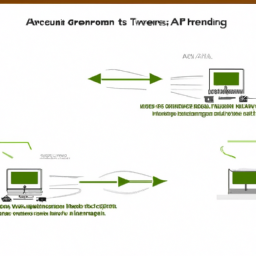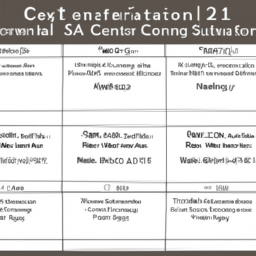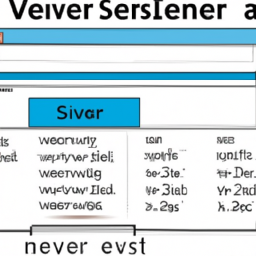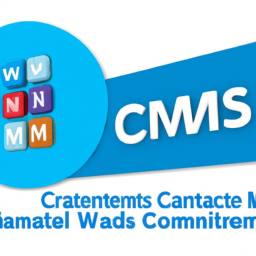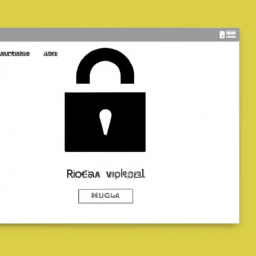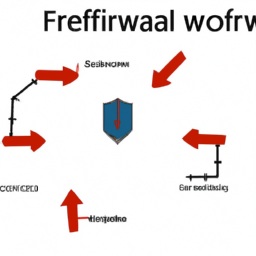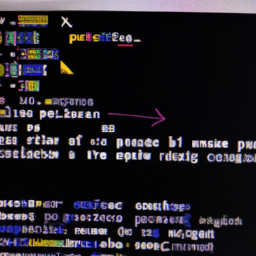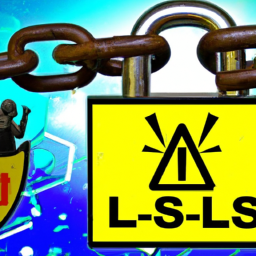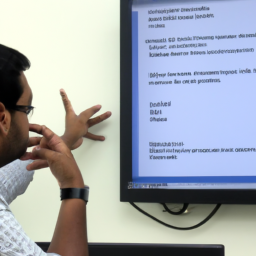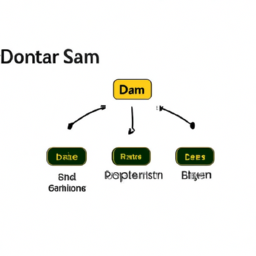You’ve heard the saying ‘out with the old, in with the new’ countless times. Well, when it comes to website migration, this old adage couldn’t be more relevant. Moving your website to a new platform or server can bring about exciting changes and opportunities, but it also presents potential risks to your data and user information.
In this article, we will explore the critical steps you need to take to ensure a smooth website migration while safeguarding your valuable assets. First and foremost, it’s essential to assess your current security measures to identify any vulnerabilities that may exist.
Next, you must backup all your data to prevent any loss during the migration process. Once your data is secure, you can focus on securing your new website by implementing SSL encryption, which will protect sensitive information from unauthorized access.
Additionally, testing and monitoring your website post-migration is crucial to identify and address any security issues. Lastly, educating your users about the security measures in place will empower them to play an active role in safeguarding their own data.
So, let’s dive in and discover how you can ensure a seamless migration while prioritizing the protection of your data and user information.
Key Takeaways
- Assess security measures and vulnerabilities
- Backup data to prevent loss
- Implement SSL encryption for protection
- Test and monitor website for security issues
Assess Your Current Security Measures
Take a moment to evaluate your current security measures and ensure your valuable data and user information is properly protected. Conducting a security audit is crucial in identifying any potential vulnerabilities in your system.
This involves reviewing your existing security protocols, such as firewalls, encryption, and access controls, to determine their effectiveness and reliability. A thorough vulnerability assessment should also be performed to identify any weaknesses or loopholes that could potentially be exploited by hackers or unauthorized individuals.
This assessment should encompass all aspects of your website, including its infrastructure, applications, and databases. Once you have identified any security gaps, it’s essential to address them promptly to minimize the risk of data breaches or unauthorized access.
With a comprehensive understanding of your current security measures, you can now move on to the next step of ensuring the safety of your data: backing it up regularly and securely.
Backup Your Data
Ensure you back up all of your important files and documents to safeguard against any potential loss or damage. Data recovery is crucial in the event of a disaster, so it’s essential to have a solid backup plan in place.
Regularly backing up your data ensures that you can easily restore it in case of any unforeseen circumstances, such as server crashes, malware attacks, or accidental file deletion. Consider using cloud-based backup solutions or external hard drives to store your data off-site for added protection.
Additionally, establish a schedule for automatic backups to ensure consistency and minimize the risk of data loss. By implementing a comprehensive backup strategy, you can enhance your disaster preparedness and protect your valuable information.
Now, let’s move on to the next section and learn how to secure your new website.
Secure Your New Website
Start by asking yourself, can you confidently guarantee the safety of your online presence? When it comes to securing your new website, there are a few crucial steps you need to take.
First, consider implementing a website firewall. This acts as a protective barrier, filtering out malicious traffic and preventing unauthorized access to your site.
Additionally, enable two-factor authentication for added security. This requires users to provide two forms of identification before gaining access to sensitive information or making changes to your website. These measures significantly reduce the risk of hacking and data breaches.
Moving forward, it’s important to also implement SSL encryption to further protect your website and user data. This ensures that all communication between your website and its visitors remains encrypted and secure, preventing any unauthorized access or tampering.
Implement SSL Encryption
Make sure you don’t miss out on the essential step of implementing SSL encryption to fortify the defense of your new website and assure visitors of their privacy and safety.
SSL, or Secure Sockets Layer, is a protocol that encrypts data exchanged between a user’s browser and your website, preventing unauthorized access and data breaches.
Here are four key reasons why SSL encryption is crucial for your website:
-
Protects sensitive data: SSL encryption ensures that any information entered on your website, such as passwords, credit card details, and personal data, is securely transmitted.
-
Builds trust: The presence of an SSL certificate creates a visual indicator, such as a padlock icon, assuring visitors that their connection is secure.
-
Boosts SEO rankings: SSL encryption is now a ranking factor for search engines, meaning implementing SSL can improve your website’s visibility in search results.
-
Future-proofs your website: With increasing privacy concerns, SSL encryption is becoming the standard for all websites, ensuring your website remains compliant and secure.
By implementing SSL encryption, you can protect your data and user information. Moving forward, it’s important to test and monitor your website regularly to ensure its ongoing security.
Test and Monitor Your Website
Don’t overlook the importance of regularly testing and monitoring your website to ensure its ongoing security and performance. By continuously assessing your website’s functionality, you can identify and address any vulnerabilities or performance issues before they become major problems. To help you understand the significance of testing and monitoring, consider the following comparison:
| Without Testing and Monitoring | With Testing and Monitoring |
|---|---|
| Slow website performance | Optimized website speed |
| Unresponsive pages | Improved user experience |
| Increased security risks | Enhanced data protection |
Implementing a robust testing and monitoring strategy will not only optimize your website’s performance but also safeguard your data and user information. By regularly assessing and addressing any potential weaknesses, you can proactively protect your website from security breaches. In the next section, we’ll discuss how to educate your users about security measures without overwhelming them with technical jargon.
Educate Your Users About Security Measures
Ensure your users are well-informed and educated about the importance of security measures by providing them with simple and relatable examples. For instance, explain how using unique and strong passwords can prevent unauthorized access to their personal online accounts, like their email or social media profiles. Educating your users about password management is crucial to safeguarding their data.
To engage your audience further, consider incorporating the following sub-lists:
-
Importance of Password Management:
- Encourage users to create passwords with a combination of uppercase and lowercase letters, numbers, and special characters to enhance security.
- Advise against reusing passwords across multiple accounts to minimize the risk of a single breach compromising multiple platforms.
- Recommend using a password manager tool to securely store and generate strong passwords.
-
Phishing Awareness:
- Teach users to recognize common phishing techniques, such as suspicious email attachments or requests for personal information.
- Advise users to verify the legitimacy of websites before entering sensitive data or clicking on links.
- Encourage reporting any suspicious emails or websites to your organization’s IT department.
By providing your users with these security education measures, you can help them become more proactive in protecting their data and minimize the risk of potential security breaches.
Frequently Asked Questions
How long does the website migration process typically take?
The average duration of a website migration process is typically determined by various factors, including the size and complexity of the website. However, it generally takes around 2-4 weeks to complete.
During this time, common challenges may arise, such as data transfer issues, compatibility problems, and potential downtime. These challenges require careful planning, coordination, and testing to ensure a smooth and secure migration process.
What are the potential risks or challenges associated with website migration?
Website migration can be like navigating through a treacherous storm. There are potential risks and challenges that can leave you vulnerable to data loss and website downtime. During the process, your data may be at risk of being corrupted or lost if not handled with care.
Additionally, website downtime can occur, causing inconvenience to your users. It’s crucial to have a comprehensive plan in place to mitigate these risks and ensure a smooth migration process.
Are there any specific legal requirements or regulations to consider during website migration?
During website migration, it’s crucial to consider specific legal requirements and regulations. These pertain to data privacy and compliance. To ensure the protection of user information and data, you must adhere to privacy laws and regulations. Examples include the General Data Protection Regulation (GDPR) or the California Consumer Privacy Act (CCPA). Compliance requirements may include obtaining user consent for data transfer, implementing appropriate security measures, and providing transparency regarding data collection and usage.
How can I ensure a smooth transition for my website users during the migration process?
To ensure a smooth transition for your website users during the migration process, focus on user experience and develop a communication strategy. Prioritize clear and timely communication with your users, providing them with updates on the migration progress and any potential disruptions.
Test the migrated website thoroughly to identify and fix any issues before going live. Consider providing user guides or tutorials to help users navigate any changes or new features.
What steps should I take to protect my website against future security threats after the migration?
To protect your website against future security threats after migration, take these steps.
First, implement data encryption to ensure that sensitive information is protected. This is vital as statistics show that 43% of cyber attacks target small businesses.
Secondly, conduct a website vulnerability assessment to identify weaknesses and address them promptly.
Regularly update your software and plugins, use strong passwords, and consider implementing a web application firewall for added protection.
Conclusion
In conclusion, website migration and security are crucial for protecting your valuable data and user information.
By assessing your current security measures, backing up your data, and securing your new website, you can ensure a safe online environment.
Implementing SSL encryption and regularly testing and monitoring your website are also important steps in maintaining security.
Remember, education is key, so make sure to inform your users about the necessary security measures.
Don’t let your website become a sitting duck – take action now to safeguard your online presence!
